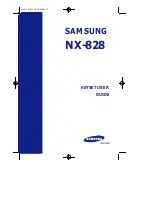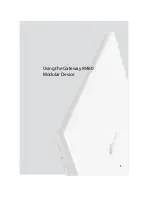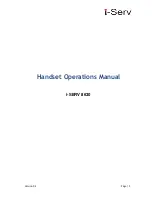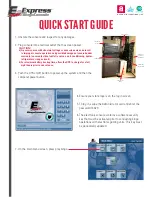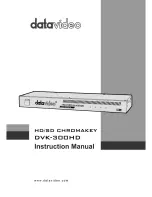
16/32 Commissioning
Bosch Rexroth AG, ActiveShuttle: Lithium-ion battery, 3 842 560 864/2021-10
8
Commissioning
8.1
Inserting the lithium-ion battery in ActiveShuttle
CAUTION
Possible hazard due to incorrect handling of lithium-ion batteries!
The ActiveShuttle is powered by a replaceable lithium-ion battery.
Lithium-ion batteries can be damaged by mechanical, thermal or electrical
stress (e.g. shock, heat, cold, incorrect charging, short circuit). This may
result in the following hazards:
• Leakage of toxic substances and toxic combustion products in case of
fi re.
• Leakage of corrosive liquid and thus possible skin irritations, burns and
chemical burns.
• Increased fi re hazard due to electrolyte leakage (fl ammable solvent).
Never use dropped or damaged batteries.
Do not use defective or damaged lithium-ion batteries.
Do not use lithium-ion batteries with a defective connection cable or
defective contacts.
To charge the lithium-ion battery in the ActiveShuttle, use only the charging
station supplied by Bosch Rexroth or the charger supplied by Bosch Rexroth.
Only operate lithium-ion batteries and accessories in perfect condition.
Protect the battery terminals from short circuiting.
Protect the lithium-ion batteries from mechanical stress (shocks, falls, vibrations).
Do not expose the lithium-ion batteries to high temperatures and/or large
temperature variations.
Store the lithium-ion batteries in a cool, dry and well ventilated place.
Protect the lithium-ion batteries from direct sunlight.
Do not immerse the lithium-ion batteries in liquids.
Please observe the country-specifi c regulations regarding storage of the
lithium-ion battery.
Check the lithium-ion batteries regularly for damage.
Lithium-ion batteries must not be opened, repaired or serviced.
NOTICE
Handling damaged lithium-ion batteries
• Only touch and transport damaged lithium-ion batteries with personal
protective equipment that is resistant to alkalis and solvents.
• If there are any signs of heat, smoke, odor, noise, or deformation of the
batteries, disconnect the lithium-ion battery from the vehicle.
• Store the lithium-ion battery in a fi re-resistant container or at a safe
distance from combustible materials.
• Do not inhale any vapors that may be generated.

































